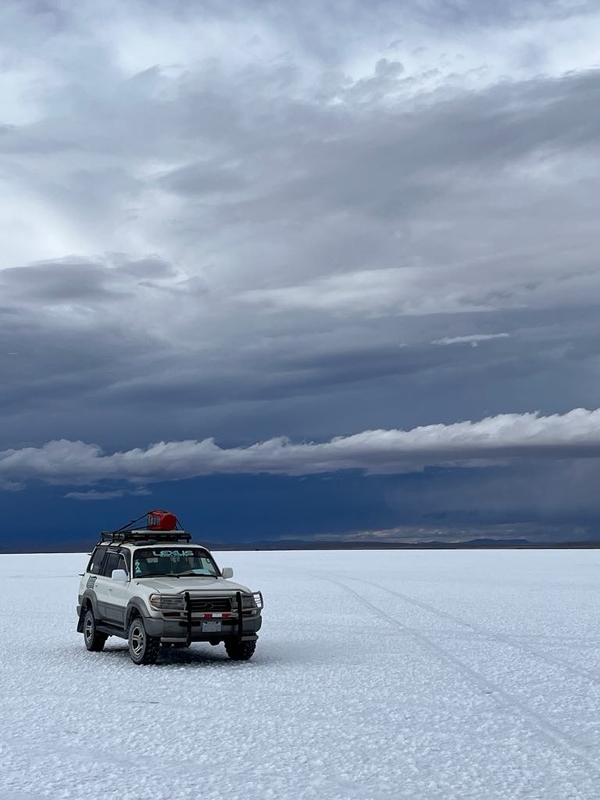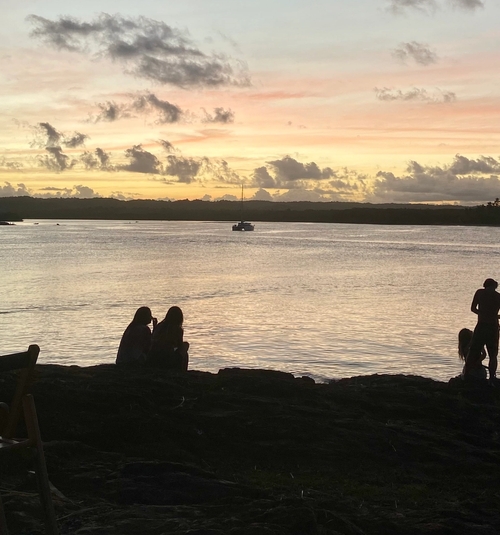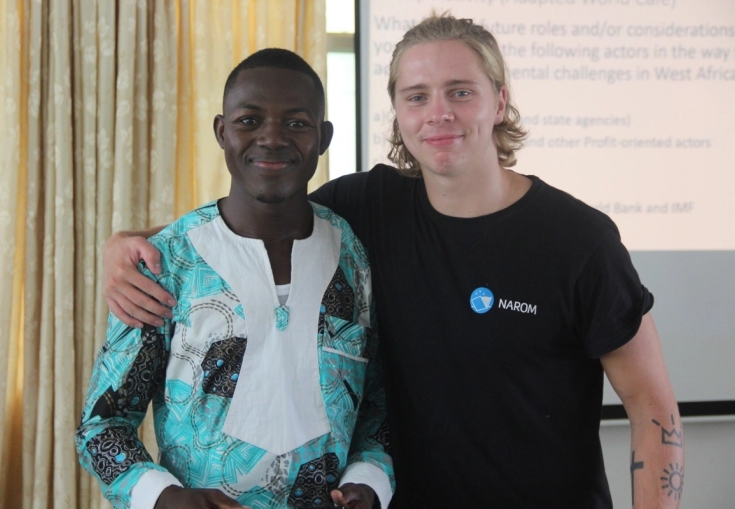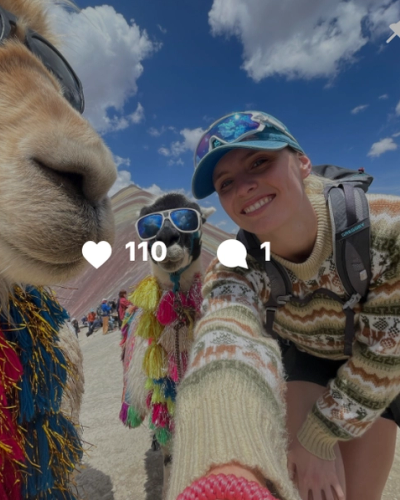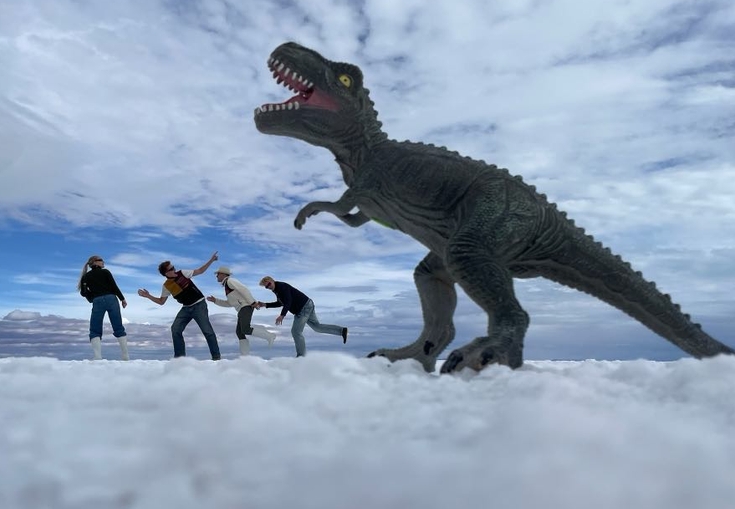
- Argentina
- Spanish in Argentina
- Spanish, philosophy and international politics in Argentina
- Introduction to Spanish in Argentina
Magical nature experiences in Northern Argentina and Bolivia
Bolivia and Northern Argentina offer spectacular natural experiences.

This text is translated using AI.
View the original article here.During my semester in Buenos Aires in the fall of 2022, I had the opportunity to travel a lot.
I took the ferry to Colonia del Sacramento twice, I went to Iguazu and got to see Brazil and Paraguay, I went to Mendoza and crossed the border into Chile, and when the family came down for a visit, we celebrated Christmas in the Bariloche area.
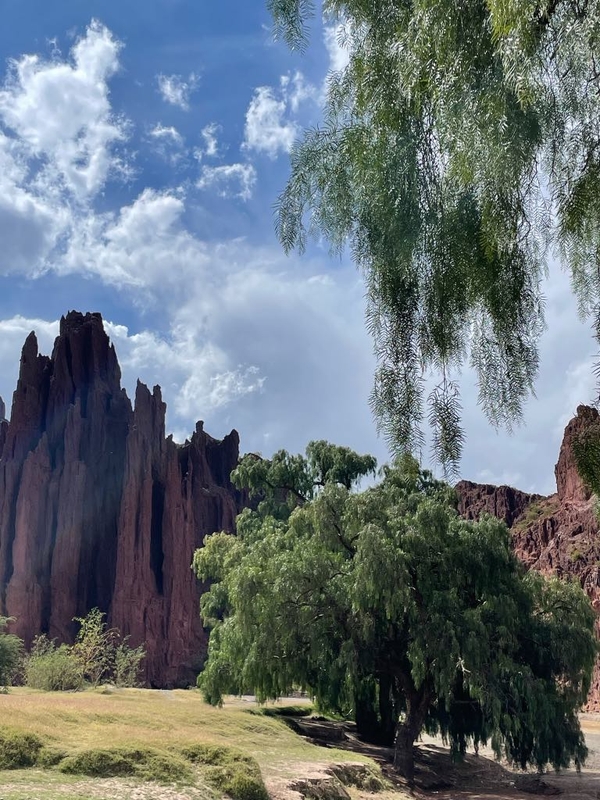
These are areas with spectacular and completely different landscapes, and I usually recommend everyone who goes to Argentina to visit them.
Although Argentina is large with much to see, despite all this traveling, there still remained one area on my 'bucket list'. My expectations for Salta and Northern Argentina were high. I had been looking forward to it for a long time – but the trip turned out even better than I had hoped.
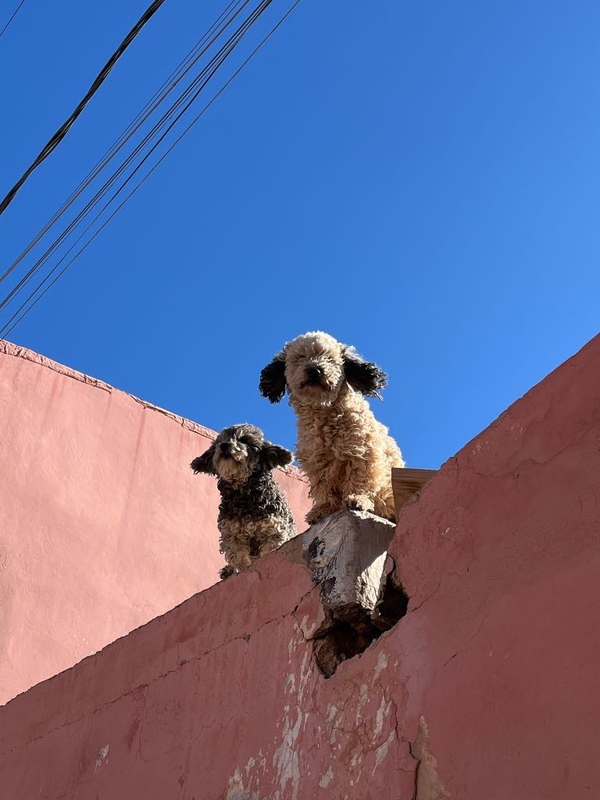
Together with a friend who studies at the University of Buenos Aires, I took a late flight up to Salta. We took a taxi to the bus station and barely managed to buy a Milanesa – a kind of Argentine schnitzel sandwich – before we jumped on an overnight bus to the border between Argentina and Bolivia.
After seven hours of driving with both passengers and cabin lights turning on and off, we arrived at the border at half-past five in the morning. The border crossing on the Argentine side opens at seven, so we had to settle down – in typical South American style.
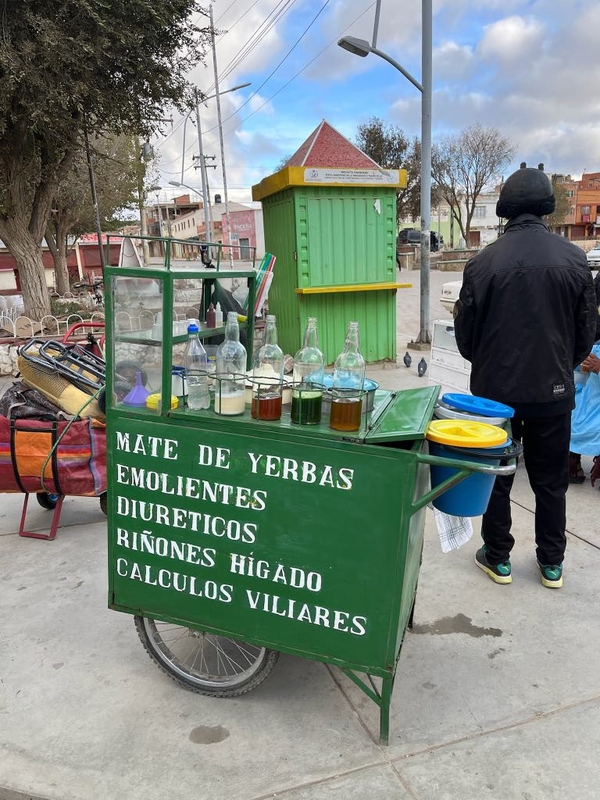
Bolivia and Argentina are in two different time zones, so the Bolivian border naturally opened half an hour later than the Argentine one. We had to wait in no man's land, quite literally. After immigration, we tried a local tea variety, before taking a minibus up to Uyuni.
I immediately felt the altitude upon arrival. My head felt heavier, and I became short of breath climbing the stairs at the hotel. The city, situated at an altitude of 3700 meters, is right next to the world's largest salt flat: Salar de Uyuni.
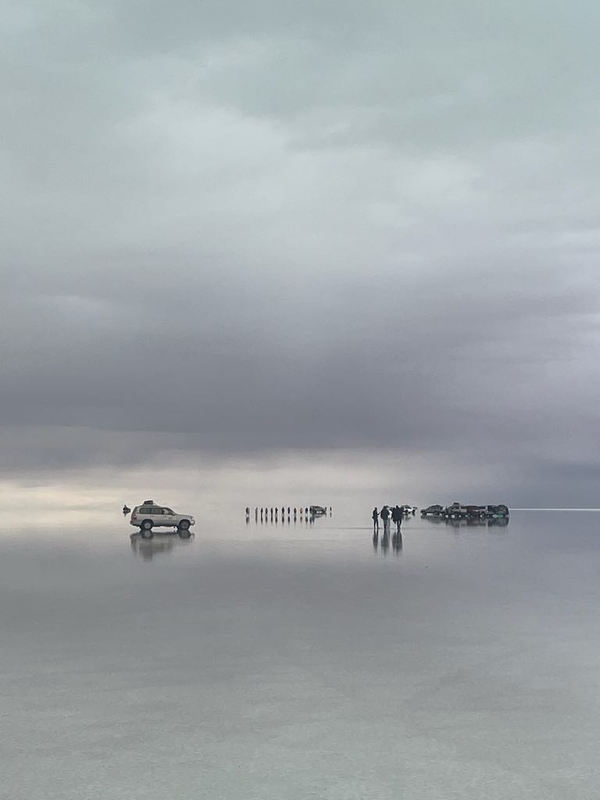
The salt flats cover an area of 10,582 square kilometers and are probably Bolivia's most important tourist attraction. The weather varied a lot when we were there, and although we didn't get to see a sunset, which I've heard looks absolutely unreal in the mirror-like salt flats, it was still very beautiful.
It's truly a special feeling when the horizon vanishes and one cannot distinguish between sky and earth. The following day we went to Tupiza, a town closer to the border that we had crossed on our way to Uyuni.
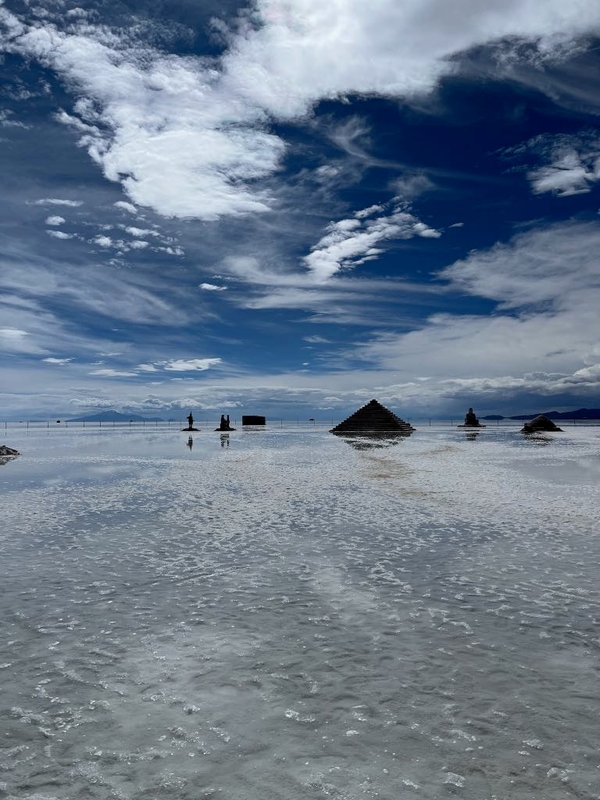
Not much happened in the town itself, but the surrounding landscape is characterized by blood-red, brutal sand mountains. We had planned a horseback ride, and for 400 kroner, we got a seven-hour guided tour with food included.
The economic disparity between Bolivia and Argentina is absolutely insane. Bolivia operates with a 'Blue Dollar', much like Argentina did extensively, so if you bring dollars to the country, the prices become even more reasonable. The horseback ride was memorable, and even though I got extremely tired in the rear from so many hours, I still look back on the trip as one of the highlights of the year.
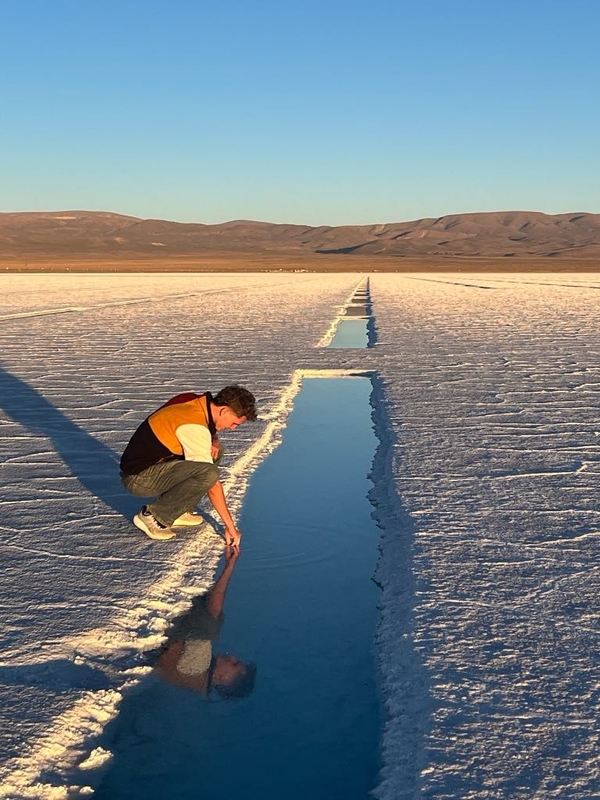
Then we crossed the border into Argentina and took the bus to San Salvador de Jujuy. The distances in the area are not long, but the landscape changes dramatically in just a couple of hours of driving.
From the high plateau in Bolivia, we drove down 1500 meters to beautiful valleys and canyons with colorful mountains. We rented a car in Jujuy, drove up to Quebrada de Humahuaca, and then on to Salinas Grandes, the salt flats in Argentina.
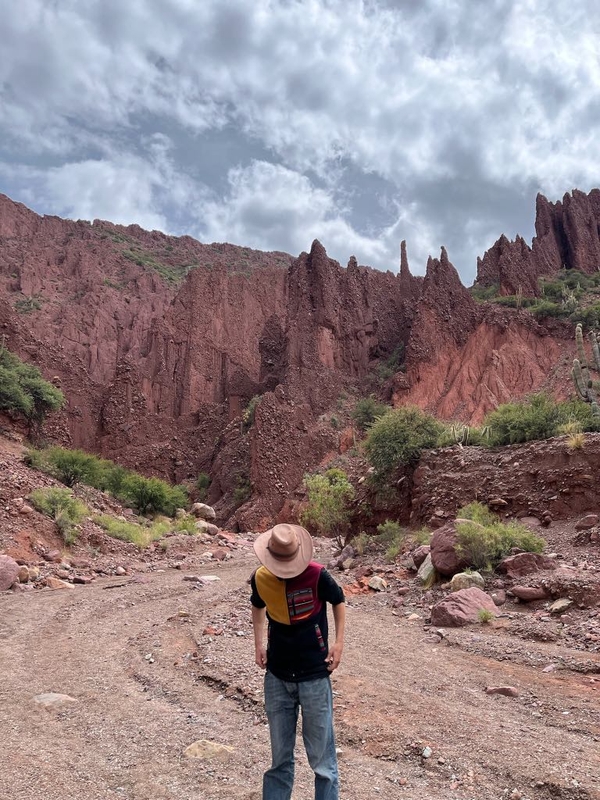
I thought this would be an anticlimax after such a great experience in Bolivia, but this was not the case. There is more to do on the Bolivian plains, but in Argentina, the surrounding mountains make the plains magical.
We had brilliant weather, saw an unforgettable sunset, and drove to Salta under a clear starry sky.
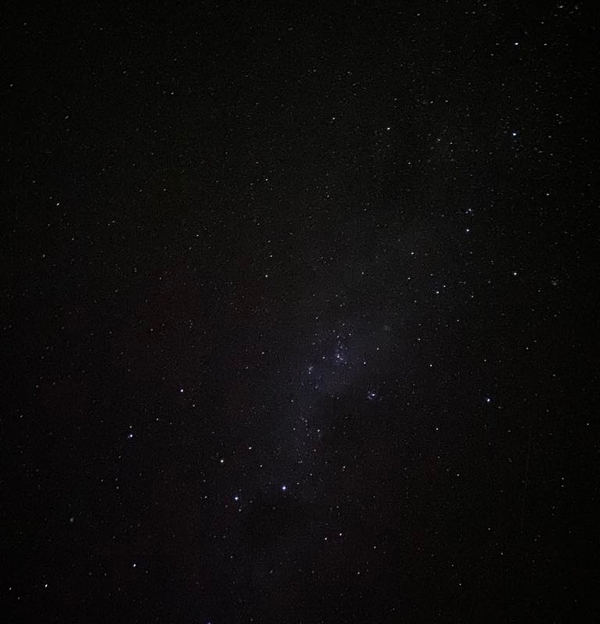
The day after, the plan was to drive to Cafayate – a small town surrounded by vineyards four hours outside of Salta. I have used grand words in this travel letter, but I am almost at a loss for words to describe the landscape between these two cities.
On our way home, we stopped by a river that meandered through the valley, and I thought to myself that this is the most beautiful nature I have ever seen.
The town itself was idyllic in its autumn splendor, but unfortunately, we didn't have time to spend a night there.
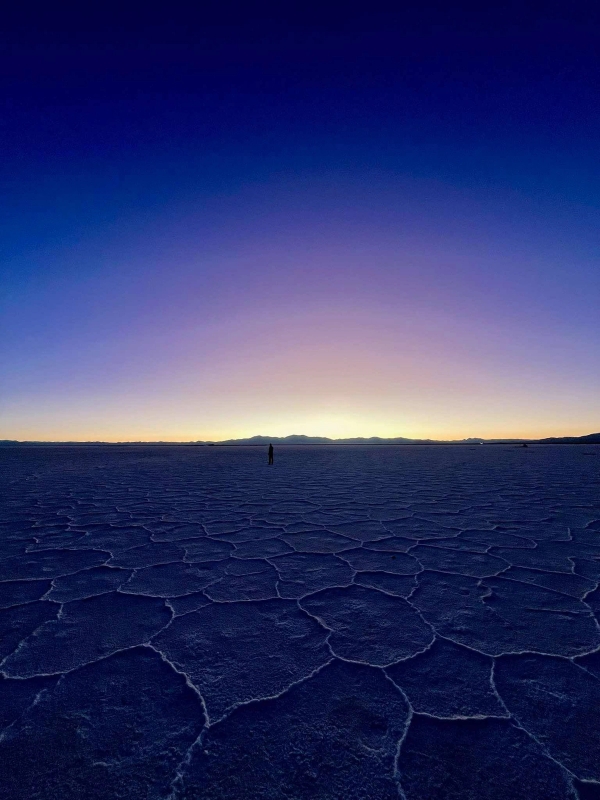
Initially, I wrote about which places I would recommend in Argentina, but after this trip, I need to update the list. There's a new first place.
